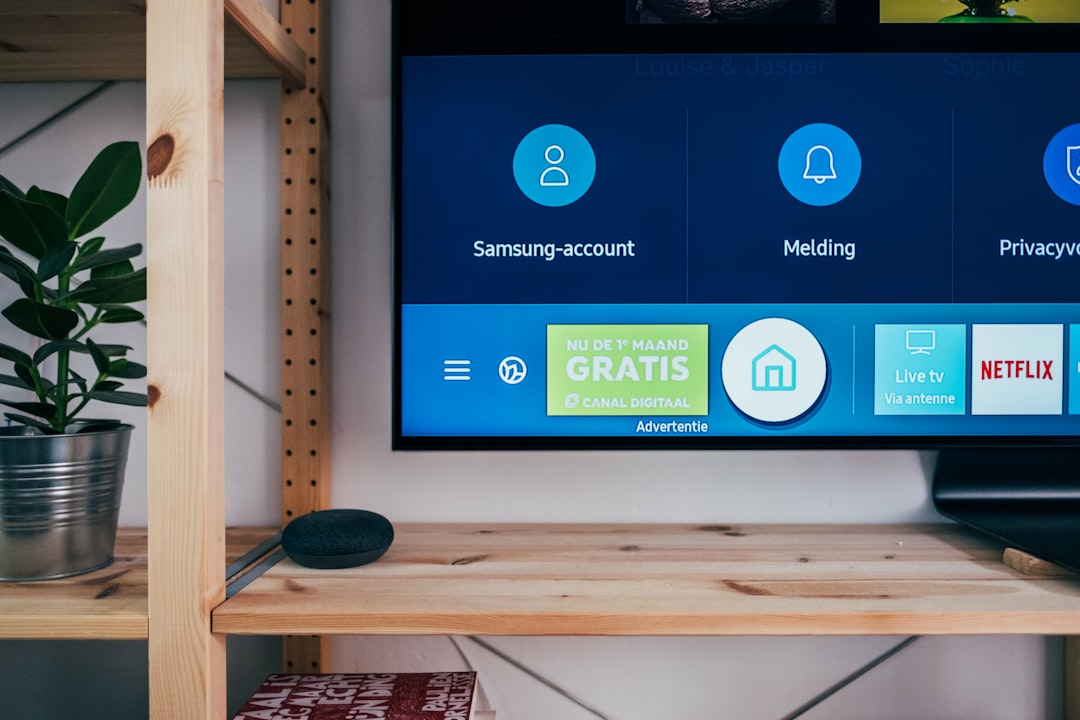Table of Contents
Many people rely on Adblock software to escape the ever-increasing deluge of advertisements that disrupt their digital experiences. Whether you’re scrolling through websites, streaming videos, or enjoying your favorite apps, ads can feel intrusive and, at times, overwhelming. But does this same technology extend to non-smart TVs, allowing viewers to block ads while watching traditional television? Let’s break it down and discuss whether Adblock—or similar solutions—can work in such scenarios.
How Adblock Works
Adblock software is designed to filter out unwanted advertisements across websites and applications. It works by intercepting ad scripts and preventing them from loading on your browser or device. Adblock tools rely on databases containing ad patterns and markers that enable them to identify and neutralize most common advertising formats.
For devices like smartphones, computers, and even some smart TVs, these types of software can be highly effective. However, when it comes to non-smart TVs, which lack the built-in operating systems or advanced app ecosystems that smart TVs possess, the application of such tools becomes much more complex—or even impossible.
Can You Use Adblock on a Non-Smart TV?
In short, no—traditional non-smart TVs are not compatible with Adblock software or similar ad-blocking tools. Here are the reasons why:
- No Internet Connectivity: Non-smart TVs are not connected to the internet. Adblock applications typically work by intercepting online traffic to filter out advertisements. Since non-smart TVs do not have online functionality, Adblock cannot intervene.
- No App Installation: Non-smart TVs lack the ability to install third-party applications like Adblock. This restriction makes such software inaccessible on these devices.
- Traditional Broadcasting: Non-smart TVs rely on traditional broadcasting methods such as cable, satellite, or over-the-air signals. Advertisements in these formats are baked into the broadcast itself and cannot be selectively removed by third-party software.
In essence, Adblock is designed for digital environments where it interacts with online data streams. Non-smart TVs, being analog in function, provide no gateway for such interactions.

How to Reduce Ads on a Non-Smart TV
Although you cannot install Adblock or similar tools on a non-smart TV, there are a few methods to reduce your exposure to advertisements:
- Use a DVR or TiVo: Some digital video recorders (DVRs) or TiVo devices allow you to record your favorite shows and fast-forward through commercials. This option does not technically block ads but lets you bypass them.
- Switch to Streaming Devices: Upgrade your non-smart TV’s capabilities by investing in a streaming device like a Roku, Amazon Fire Stick, or Google Chromecast. These devices often support Adblock applications or alternative ways to reduce ads such as subscription-based streaming services.
- Watch Public Broadcasting Channels: National or public television networks often feature limited advertisements compared to commercial networks, providing a less ad-heavy viewing experience.
For those still using a non-smart TV, these options can help make your viewing experience more seamless and less interrupted by ads.

Should You Upgrade to a Smart TV?
If avoiding advertisements is an important priority, upgrading to a smart TV might be a viable solution. Smart TVs come with internet capabilities, meaning you can install applications, such as Adblock-compatible browsers or streaming services, that minimize ad exposure.
It’s worth noting, though, that even smart TVs come with their drawbacks. Many streaming platforms and apps now incorporate unskippable ads into their content unless you pay for premium, ad-free subscriptions. Nevertheless, the flexibility and advanced options provided by smart TVs make them a superior choice for users who prioritize convenience and modern technology.

Conclusion
While Adblock tools have revolutionized the way we experience digital content across phones, computers, and smart TVs, they cannot work on non-smart TVs due to the fundamental limitations of these devices. Non-smart TVs lack the necessary hardware and software to support ad-blocking applications, making it impossible to filter ads directly via these television systems.
However, by exploring alternatives such as DVRs, streaming devices, or even upgrading to a smart TV, you can create a more enjoyable and ad-free viewing experience. At the end of the day, the solution you choose will depend on your specific needs, preferences, and budget.

